DESCRIPTION
Linking monitoring and evaluation to the planning and delivery of an organization’s work will increase its effectiveness. It will also enable staff to collect vital information not only for internal use but also for donors, users and other stakeholders.
This course aims to equip practitioners, project partners or external evaluators with the knowledge and expertise to be able to conduct their own planning, monitoring, evaluation and reporting which is critical to any organization or government department involved in development projects and programmes. The course will be using the Logical Framework Approach, and will run in a workshop style with a high degree of participant involvement.
This course offers practical approach to planning work and implementing a monitoring and self-evaluation system. Using case studies and examples participants are offered the opportunity to apply their learning to their own projects. This course shows participants how to bring their learning together into a self-evaluation framework.
OBJECTIVES
At the end of this program the participants will be able to :
- Determine the effectiveness of HR plans, programs, policies, systems & procedures and their role in the organization’s strategic planning.
- Prepare for and conduct an internal HR audit to ensure that your policies and procedures meet the business needs and minimize potential exposure
- Implement cutting-edge processes to ensure the complete legal compliance of your HR function
- Ensure management buy-in by providing compelling HR data, ensuring your HR function is a true strategic partner
- Develop techniques to collect and extract critical HR information to improve the quality and effectiveness of your reporting
- Measure the effectiveness of the organization’s procedures and how they impact on bottom line
- Benchmark actual against desired performance and develop an action plan for addressing shortfalls.
- Save money by identifying and correcting inefficiencies and compliance problems.
- Reduces risk and liability.
PREREQUISITES
Participants should have a knowledge in monitoring evaluation principles.
TARGET AUDIENCE
The training workshop is designed for :
- Middle and senior level project managers,
- Monitoring and evaluation managers,
- Project monitors, evaluators,
- Team leaders and volunteers, who are directly or indirectly involved in monitoring and/or evaluating projects, or are expected to be engaged in such activities in future.
- The training will be useful for participants from industry, social sector and development organizations, academia, International funding agencies, NGOs, consultants and public organizations.
PROGRAM OUTLINE
- Introduction to Project Management
- Project cycle management
- Project planning & scheduling
- Project risk and quality control
- Stakeholder Management
- The Project Cycle Framework
- Project cycle Management
- Role of Project Manager in Cycle Management
- Defining Project Objectives and Strategies
- Overview of Planning and Estimating
- Preparing a Detailed Project Plan
- Dealing with Project Risk and Uncertainty
- Logical Framework Analysis
- Concept of Logical framework
- Problem Analysis
- Objective Analysis
- The Logical Framework Matrix
- Log frame and M&E
- Project Team Building and Stakeholders’ Participation
- Identifying and Supporting Team Members
- Communication and Documentation
- Relations with Stakeholders (Stakeholder Analysis)
- Using M & E Manage for Impact
- An overview of using M & E to manage impact
- Managing and M & E
- Guiding the project strategy for poverty impact
- Creating a learning environment
- Ensuring effective operations
- Setting up and using the M & E system
- Linking project Design, Annual Planning and M & E
- An overview of linking project design annual planning & M & E
- Designing for learning, empowerment and sustainability
- Introducing the logical framework approach
- Using the logical framework approach
- From a log frame matrix to an annual work plan and budget
- Outlining M & E during initial project design
- Setting up the M & E System
- Overview of setting up the M & E system
- Key steps in setting up the M & E system
- Documenting the M & E plan
- Quality of your M & E and keeping it updated
- Deciding what to Monitor and Evaluate
- An overview of deciding what to monitor and evaluate
- Knowing what you need to know
- Using the M & E matrix for detailed planning
- Being guided by performance questions
- Focusing on key information and optimal indicators
- Making comparisons and the role of baselines
- Updating your information needs and indicators
- Gathering, Managing and Communicating Information
- An overview of gathering, managing and communicating information
- Deciding which methods to use
- Gathering data from the field
- Collecting analysing and storing information
- Communicating M & E finding for action and accountability
- Putting in Place the necessary capacities and Conditions
- An overview of putting in place the necessary capacities and Conditions
- Human and institutional capacity
- Incentives for M & E
- Organizing M & E structures and responsibilities
- Organizing the project’s system for managing information
- Finances and resources to operate the M & E systems
- M & E Matrix
- Considerations when developing an M & E matrix
- Core M & E activities in the example
- The M & E matrix example
- Methods for Monitoring and Evaluation
- Sampling related methods
- Core M & E methods
- Discussion methods for groups
- Methods for spatially distributed information
- Methods for time based patters of change
- Methods for analysing linkages and relationships
- Methods for ranking and prioritizing
TRAINING METHODOLOGY
We use an interactive teaching and learning methodology that encourages self-reflection and promotes independent and critical thinking. The learning process is reinforced through the use of practice examples, questions and debate designed to stimulate a critical and questioning approach by delegates. A high level of delegates’ participation is encouraged to ensure that the conceptual knowledge and management skills acquired can be directly applied within the learner’s workplace.
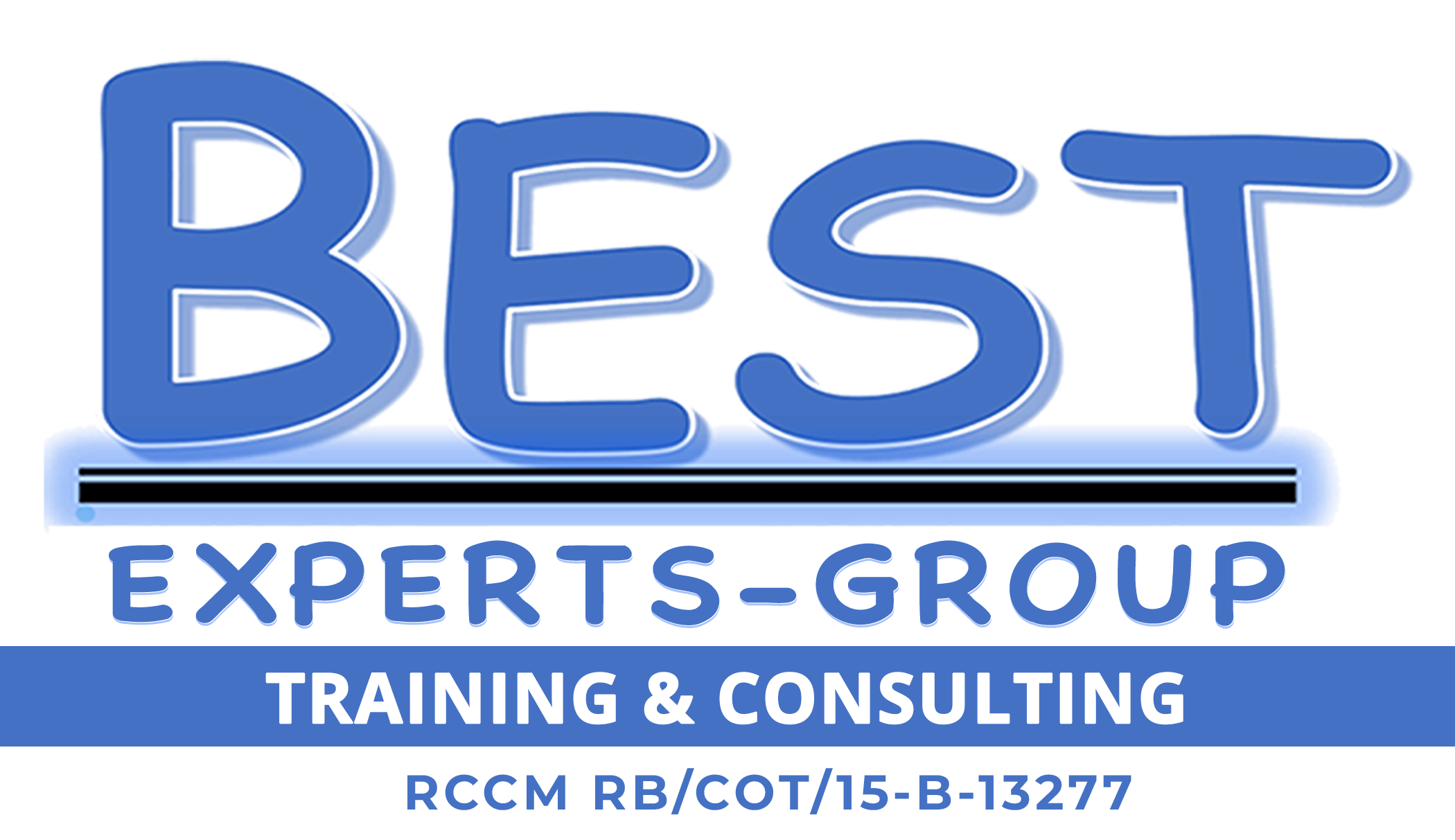
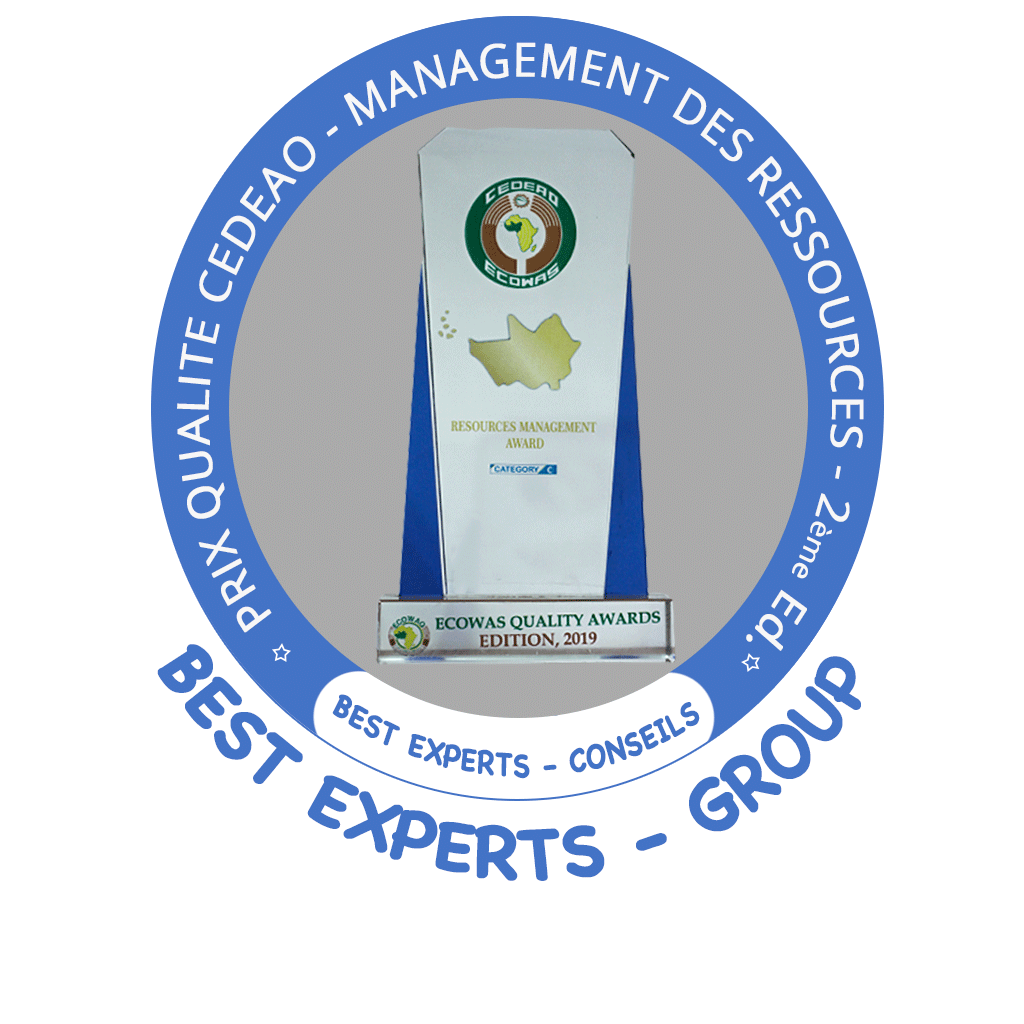


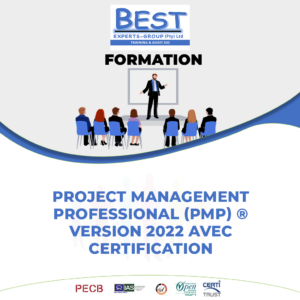
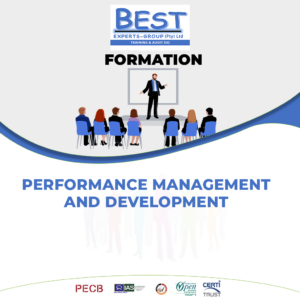

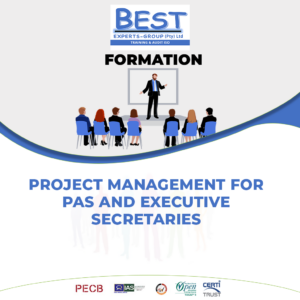
Avis
Il n’y a pas encore d’avis.